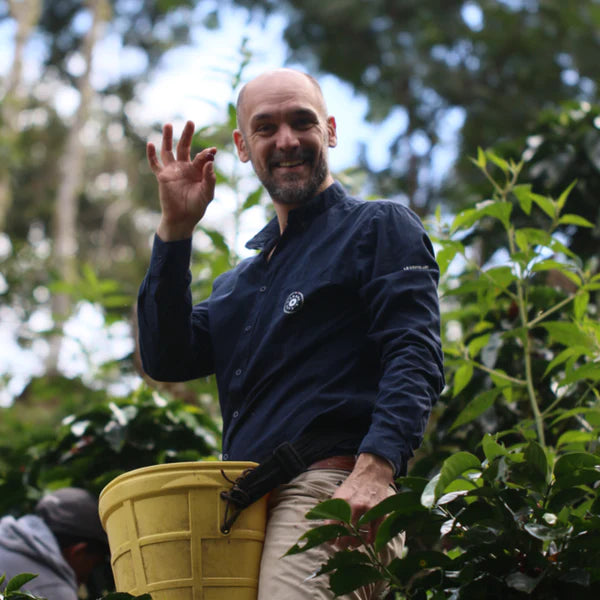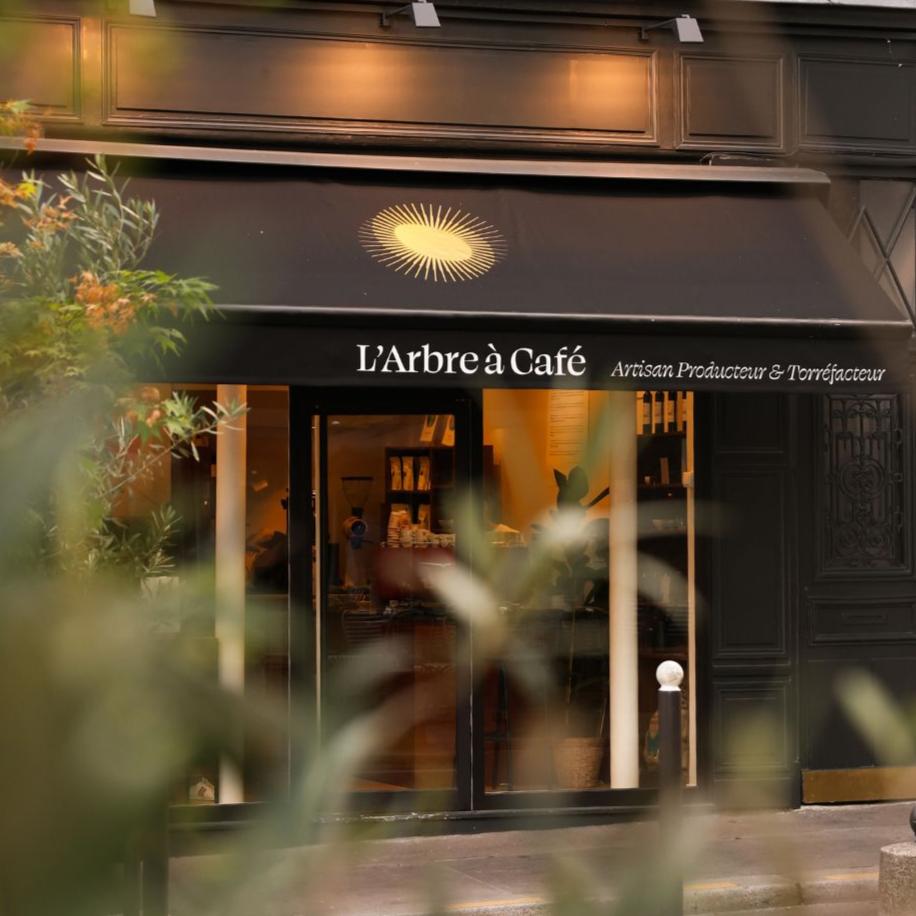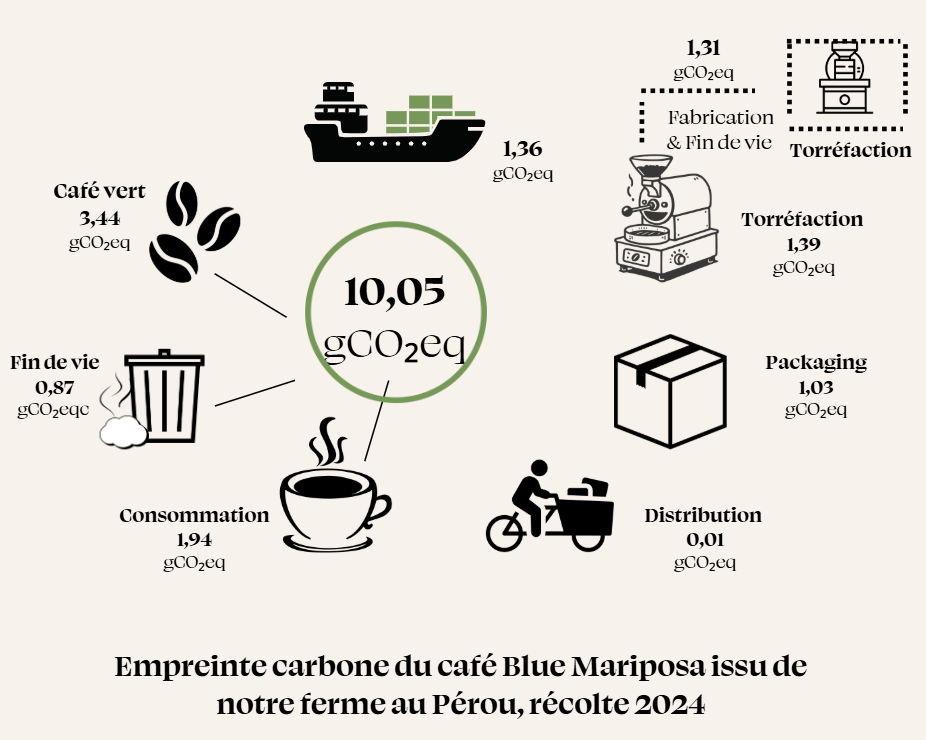Have you ever heard of stained coffee?
Overseas, in the land of Caffè and all over the world, this is what we call, in the language of Dante, the Macchiato, this espresso with a smooth milk stain. The English would have said a "cloud" of milk, but a cloud in an espresso is really too much, unless you decide that you prefer a Latte macchiato to an espresso macchiato.
The Macchiato belongs to the pantheon of the Barista and the history of Italian-style coffee absorbed by the Second Wave and then the Third Wave. It was born in the Italy of the Economic Boom and quickly, like Cappuccino, conquered the hearts and palates of Italians and participated in the Italian caffeinated Dolce Vita. When, starting in the 1970s, the West Coast Americans renewed and reinterpreted the Italian coffee culture based on espresso, they quickly adopted Italian terminology and recipes, most often using them to their advantage.
A traditional counter drink, the Macchiato is to the world what the Noisette is to the French bar. An espresso with a drop of milk, but not just any espresso. If the Noisette is sometimes, scandalously, reduced to a mini café au lait, an espresso with an ounce of cold milk. In the Macchiato, and the Hazelnut, the real one, this milk must be stirred and therefore hot and poured over it. Seen from above, the cup is then white and surrounded by the crema of the coffee. Otherwise, the milk would not be visible because it would rush directly into the espresso, and would therefore not "stain" the espresso.
It is not uncommon to see multiple interpretations of the work and quantity of milk or to offer it only as a double espresso. Some baristas have fun making a Piccolo (small) or a small Cappuccino, allowing them to show their ability to create patterns even on the smallest containers.
On the other hand, it is not uncommon to see an order in the Botte des Latte Macchiato being a glass of milk heated by the steam nozzle on which a little espresso is placed. This time it is the milk that is stained and not the espresso. But in this country, it is only a simple glass (10cl) of plain milk and not a 30cl cup filled with flavoured milk.
The trend today is to name everything "stained", Macchiato, from Caramel Macchiato to Matcha Macchiato.
The milk thus has the function of making the espresso a little longer and softer than it is. It is therefore of real interest for Italian or French Roast coffees, for others, the visuals may be enough to make the consumer happy.




















